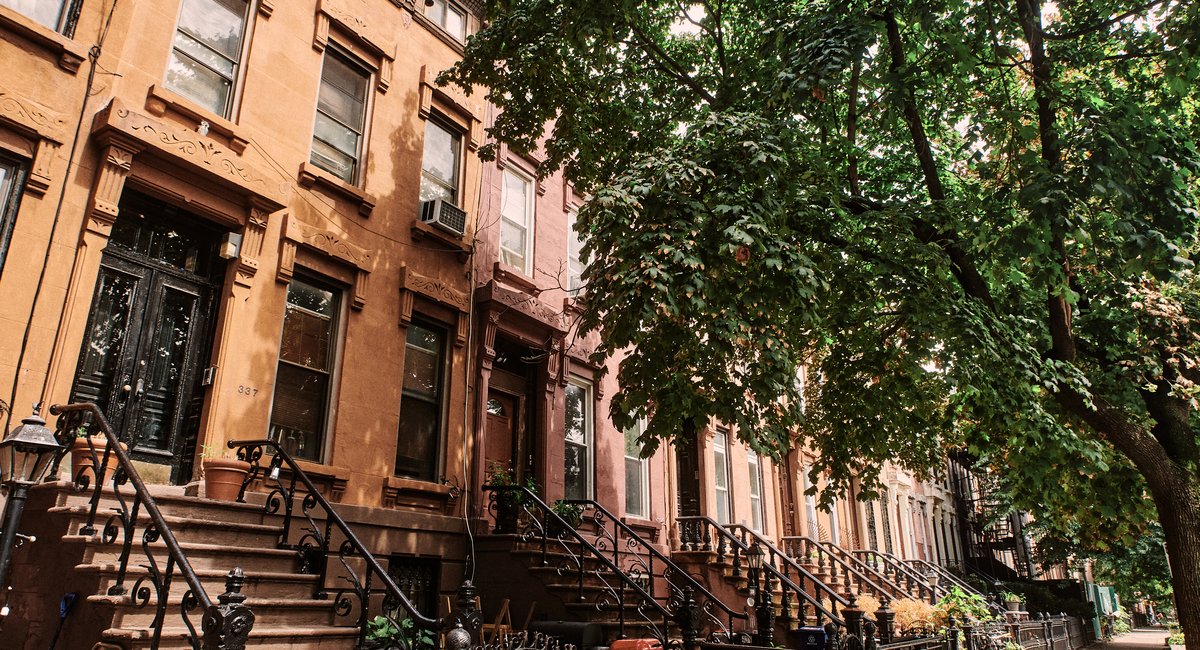The stately brownstone on Madison Street, near the corner of Marcus Garvey Boulevard in Brooklyn, recently sold for $2.4 million, less than three years after a developer purchased it for an eighth of that price.
On Halsey Street, a home sold for $1.9 million, two years after an investor purchased it for less than half that from a family facing foreclosure.
A house on Hancock Street, near Throop Avenue, tells a different story: the same homeowner has held onto the property for nearly four decades.
All three were recently advertised on Airbnb as short-term rentals for entire apartments in Bed-Stuy, with prices ranging as high as $800 a night for “luxury” properties that boast of marble countertops, designer furniture, soaking tubs and a “smart Madeli auto-defogging mirror,” according to one Airbnb listing.
A Gothamist analysis shows the historically Black, and now rapidly-gentrified neighborhood of Victorian brownstones has New York City’s highest concentration of active Airbnb listings where a guest can rent an entire apartment or house for less than 30 days – a scenario that is illegal under state and local laws. Bed-Stuy has more than 15% of the roughly 10,000 such listings in the city, according to data shared by the housing advocacy group Inside Airbnb.
But that should all begin to change on Sept. 5, when the city plans to start enforcing strict new registration requirements for short-term listings that require hosts to register their properties with the city in order to receive payment from Airbnb and other websites.
Some local politicians, residents and housing advocates argue the rules are necessary to keep thousands of housing units that they believe should be rented to New Yorkers from being used as de facto hotel rooms for tourists.
Read the full article here

Leave a Reply